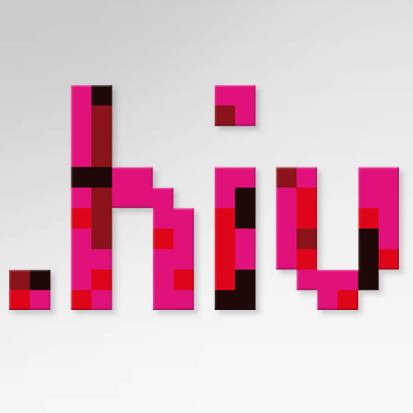 |
| Michael Bouldin |
There were days when you could not turn around without seeing a red ribbon on the lapel of celebrities at any awards show or on millions of backpacks or bags. We don’t see much of that any more, but today there’s a new virtual red ribbon. It allows anyone on the Internet to actively help create resources for groups fighting the ongoing epidemic. That virtual red ribbon is dotHIV.
I’m a Californian by birth, an Air Force brat by circumstance (and mom’s taste in men, remarkably similar to my own, an entirely different story not for this telling) and a New Yorker by choice. I tested positive for HIV in August 2009. Times change and the virus evolves, so must our response. I am not giving up on new and creative ways to continue to fight AIDS.
Today, after five years of work, I find myself part of a multinational, polyglot team scattered across the globe, dotHIV. We have one mission: to bring the power of the Internet to bear on the fight against HIV/AIDS, in an entirely new way. Here’s how.
We all know online media, we use the Internet and social media for education and outreach, as a place to build community, connect with old friends and make new ones, finally keep that daily diary (thank you again, Facebook), buy stuff — any number of things. The enormous scale of the online universe in itself is a driving force of unprecedented change, and it is still growing. Three billion users in 2014 sounds like a lot, and is, but that’s only 40 percent of the world’s population.
We want to leverage that unique and powerful force to raise awareness and much needed resources to fight HIV/AIDS in a new way accessible to anyone on the Internet.
 |
Please allow me to get technical for a moment to explain the scope, magnitude and specifics about dotHIV. The Internet is governed by ICANN (the Internet Corporation for Assigned Names and Numbers), which is headquartered in Los Angeles. They’re the people that make sure when you type in a web address anywhere in the world, it goes to the same place, hence URL (uniform resource locator). To prevent the coming shortage of web addresses, they’re vastly expanding the available supply of what are called gTLDS (global Top Level Domains) beyond the .com, .org, .net and so on that we all know.
One of them is .hiv, and it works the same way as .com. Pretty groundbreaking in its own right, except there’s a key difference.
When you buy a given web address (actually lease, you can’t buy them outright) the money you pay goes to a given profit-making entity. But not in our case.
When you buy a .hiv address, the money goes in a pool for the fight against the virus. We are starting with a few pilot sites and will begin the process of adding organizations over time.
When someone clicks on your site, they trigger a microdonation for the same purpose; in a space the size of the global web, well, you do the math. Our first funding round targeted innovative projects in Rwanda, the United States, Turkey and South Africa.
Nothing like this has ever been done before, but all the geek glamour aside, what you’re really looking at is a brand new revenue stream unlike any other. Revenue, not governmental spending subject to arbitrary cuts or political grandstanding. From those who care and are able to join the fight in a way that mirrors the visible nature of the classic red ribbon in the digital world.
Global scale, local decisions: our team is pretty fantastic (and we’ll administer the tech and policy side), but we’re not even going to try to replace local expertise. The focus is on small, community-based organizations. Local initiatives know best what the needs are of their populations, but often lack the resources to do what they need to as effectively as possible.
In the future, HIV/AIDS organizations worldwide can apply for funds from dotHIV on a regular basis, which will then be voted for by the Internet community at click4life.hiv.
The global launch is August 26, 2014. The future is here.
Michael Bouldin is a New York City–based new media consultant. Learn more at michaelbouldin.us or follow him on Twitter.





Comments
Comments